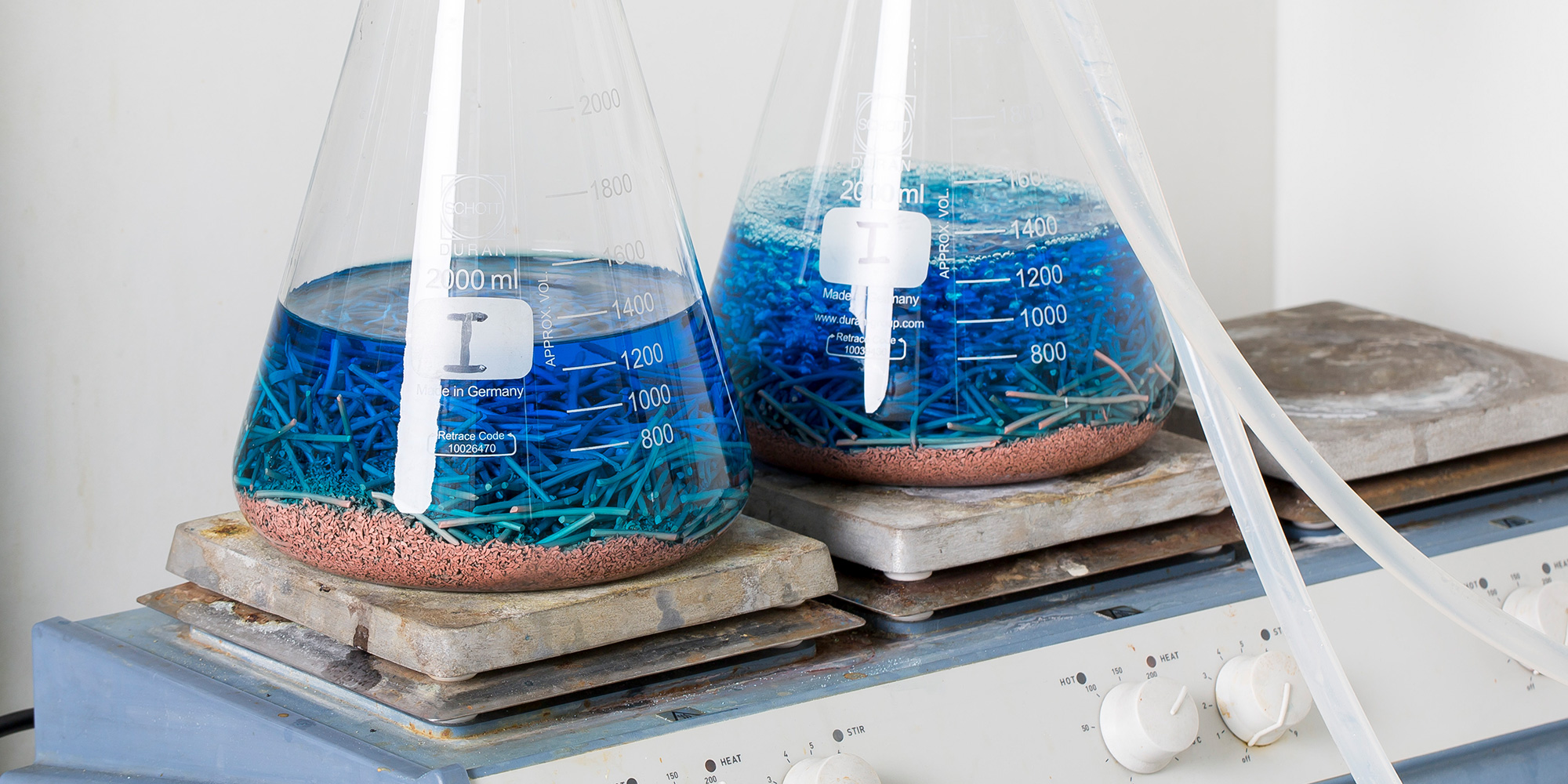EN ISO 11845 General Corrosion Testing of Metals
The EN ISO 11845 standard is a cornerstone in the field of corrosion testing, specifically designed for evaluating the general corrosive resistance of metals used in oil and gas applications. This method provides a robust framework to assess how various metal alloys perform under different environmental conditions prevalent in the sector.
The primary purpose of this test is to ensure that materials used in critical infrastructure such as pipelines, storage tanks, and offshore platforms are capable of withstanding harsh corrosive environments without significant degradation. This testing procedure focuses on quantifying the rate of mass loss due to corrosion using immersion tests in simulated environmental conditions.
The standard specifies detailed procedures for setting up specimens, conducting the test over a period of time, and analyzing results. It emphasizes the importance of controlled exposure to corrosive environments that mimic real-world applications. The procedure involves submerging metal samples in solutions designed to simulate specific corrosion-inducing factors like chloride ion presence or sulfuric acid mist.
The EN ISO 11845 method is particularly applicable for assessing general corrosion susceptibility, which includes pitting, crevice corrosion, and uniform attack. This test helps manufacturers and engineers select the most suitable materials for long-term reliability in oil and gas facilities, ensuring compliance with international safety standards.
The testing process requires meticulous preparation of specimens, including cleaning, etching, and marking to facilitate accurate measurement post-corrosion. The immersion solutions are carefully selected based on the intended application, often incorporating saltwater or other aggressive media. Post-test analysis involves thorough examination using optical microscopy to document any corrosion-induced changes.
The results of this test are critical for R&D engineers in refining material compositions and quality managers in ensuring product consistency and reliability. The data obtained from these tests can also influence procurement decisions, guiding the selection of materials that meet both performance and regulatory requirements.
| Test Condition | Specimen Material | Time Frame | Expected Outcome |
|---|---|---|---|
| Simulated Chloride Environments | Steel Alloys (e.g., 316L, A286) | Up to 96 hours | Mass loss and surface pitting |
| Sulfuric Acid Mist Exposure | Titanium Alloys (e.g., Ti-6Al-4V) | Up to 72 hours | Surface corrosion and color change |
The comprehensive nature of this testing protocol ensures that the materials used in oil and gas infrastructure are not only reliable but also safe, which is paramount for operations in such sectors. Compliance with EN ISO 11845 helps avoid potential failures leading to costly maintenance, repairs, or accidents.





